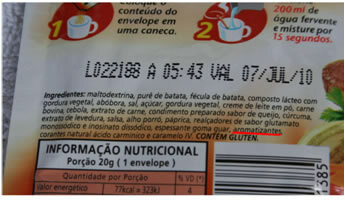THE isomerism it is a phenomenon that occurs when two or more different substances have the same molecular formula, but different properties and structural formulas.
These substances are isomers of each other. The word "isomer" was created by scientist Jöns Jacob Berzelius (1779–1848) and comes from the Greek isos, which means "equal" or "same" and meres, which is “part”; meaning, therefore, "equal parts”.
For example, ethanol and methoxymethane are entirely different compounds. Ethanol belongs to the alcohol group, is liquid at room temperature, is colorless, boils at 78.5°C and has a certain reactivity. Methoxymethane, on the other hand, belongs to the ether group, it is a gas at room temperature, it liquefies only at -23.6ºC and has almost no chemical reactivity. Despite being so different, these two compounds have the same molecular formula - C2H6O.
As can be seen below, what distinguishes them is the fact that the arrangement of the atoms of the elements in each compound is different. Note that oxygen appears between the carbons in the case of methoxymethane, while in ethanol it appears outside the carbon chain:
Do not stop now... There's more after the advertising ;)
H3Ç - O - CH3 H3Ç —CH2— Oh
Methoxymethane Ethanol
We say, then, that methoxymethane is an isomer of ethanol.
The phenomenon of isomerism is very common in Organic Chemistry, as compounds made of carbon can be grouped together in many different ways. To give you an idea, the 20 carbons of the molecular formula C20H42 can group together to form 366,319 different compounds.
There are also some specific types of isomers. To find out what they are, read the text "Types of Isomerism” in that same section.
By Jennifer Fogaça
Graduated in Chemistry
Would you like to reference this text in a school or academic work? Look:
FOGAÇA, Jennifer Rocha Vargas. "What is isomerism?"; Brazil School. Available in: https://brasilescola.uol.com.br/quimica/o-que-isomeria.htm. Accessed on June 28, 2021.


